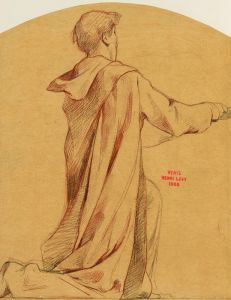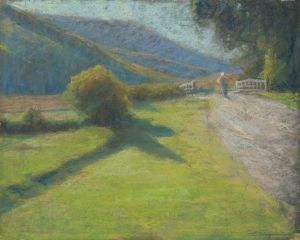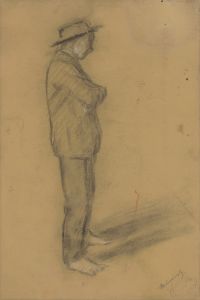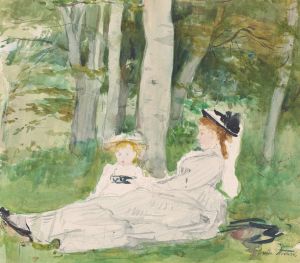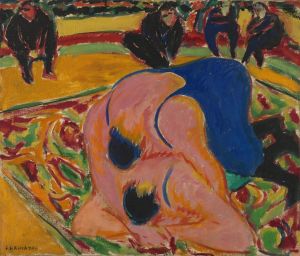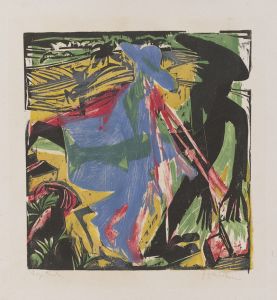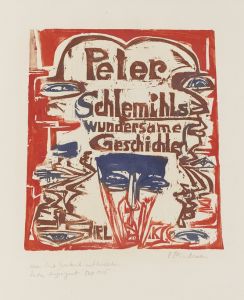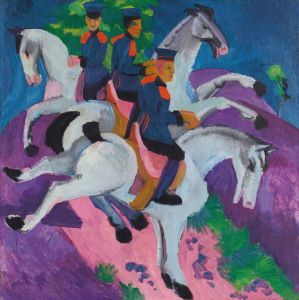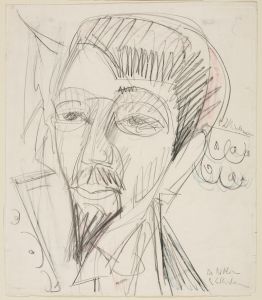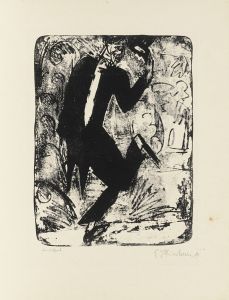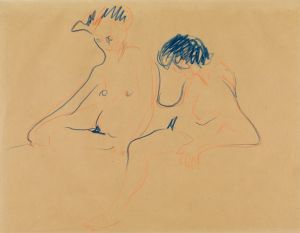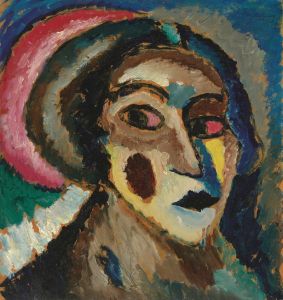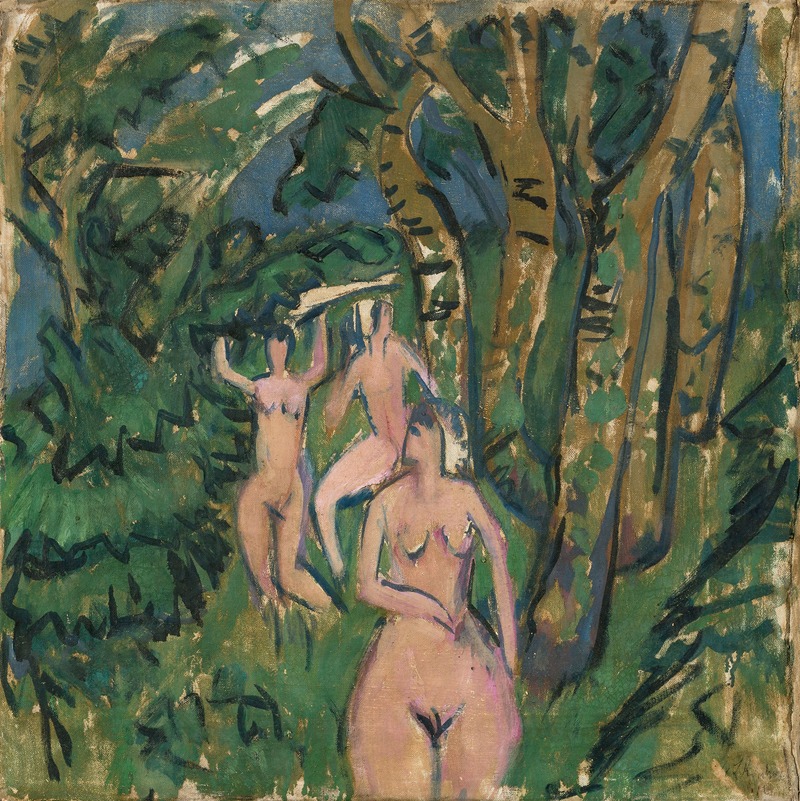
Akte im Wald
A hand-painted replica of Ernst Ludwig Kirchner’s masterpiece Akte im Wald, meticulously crafted by professional artists to capture the true essence of the original. Each piece is created with museum-quality canvas and rare mineral pigments, carefully painted by experienced artists with delicate brushstrokes and rich, layered colors to perfectly recreate the texture of the original artwork. Unlike machine-printed reproductions, this hand-painted version brings the painting to life, infused with the artist’s emotions and skill in every stroke. Whether for personal collection or home decoration, it instantly elevates the artistic atmosphere of any space.
Ernst Ludwig Kirchner's Akte im Wald (translated as Nudes in the Forest) is a painting created by the German Expressionist artist in 1909-1910. Kirchner was a founding member of the influential art group Die Brücke (The Bridge), which sought to break away from traditional academic art and embrace a more modern, expressive style. This painting is a notable example of his early work, characterized by bold colors, dynamic compositions, and a focus on the human figure in natural settings.
The artwork depicts a group of nude figures situated in a forest, a recurring theme in Kirchner's oeuvre during this period. The figures are rendered with simplified, angular forms and vibrant, non-naturalistic colors, reflecting the influence of both Fauvism and non-Western art, which Kirchner and his contemporaries admired. The forest setting, with its dense, almost abstracted trees, serves as both a backdrop and an integral part of the composition, creating a sense of harmony between the human figures and their natural surroundings.
Akte im Wald reflects Kirchner's interest in exploring themes of freedom, primitivism, and a return to nature, which were central to the philosophy of Die Brücke. The group often sought inspiration from the idea of an unspoiled, pre-industrial world, and their works frequently featured scenes of leisure, nudity, and communion with nature. These themes were a reaction against the rapid industrialization and urbanization of early 20th-century Germany, as well as a critique of the rigid social norms of the time.
The painting also demonstrates Kirchner's innovative use of color and form. The vibrant palette, with its juxtaposition of warm and cool tones, creates a sense of energy and movement, while the angular, almost fragmented shapes of the figures and trees contribute to the painting's dynamic quality. This approach was a hallmark of Kirchner's style and helped to establish him as one of the leading figures of German Expressionism.
Today, Akte im Wald is recognized as an important work within Kirchner's early career and the broader context of Expressionist art. It exemplifies the artist's ability to merge emotional intensity with formal experimentation, resulting in a powerful visual statement that continues to resonate with viewers. The painting is held in a private collection or museum, though specific details about its current location may vary.
This work remains a significant example of Kirchner's contribution to modern art, reflecting the ideals and innovations of Die Brücke while showcasing his unique artistic vision.





